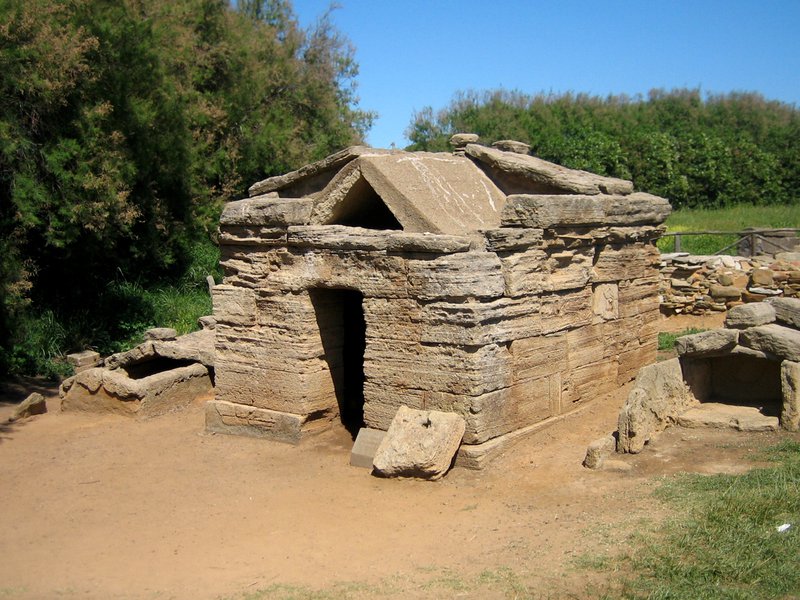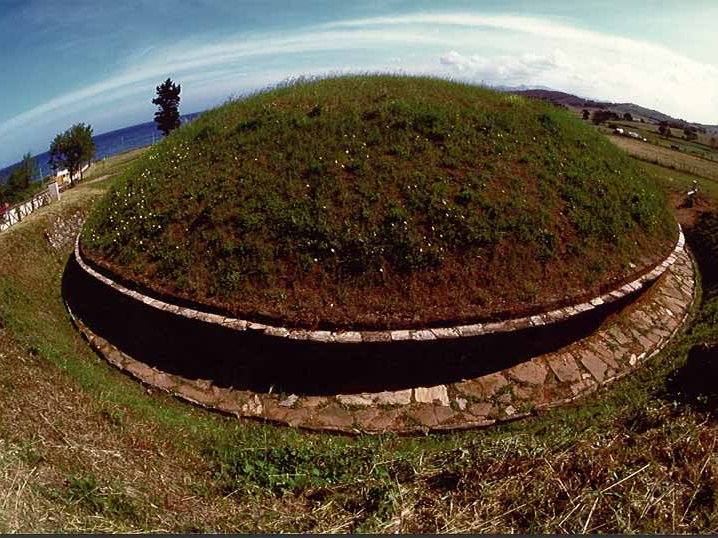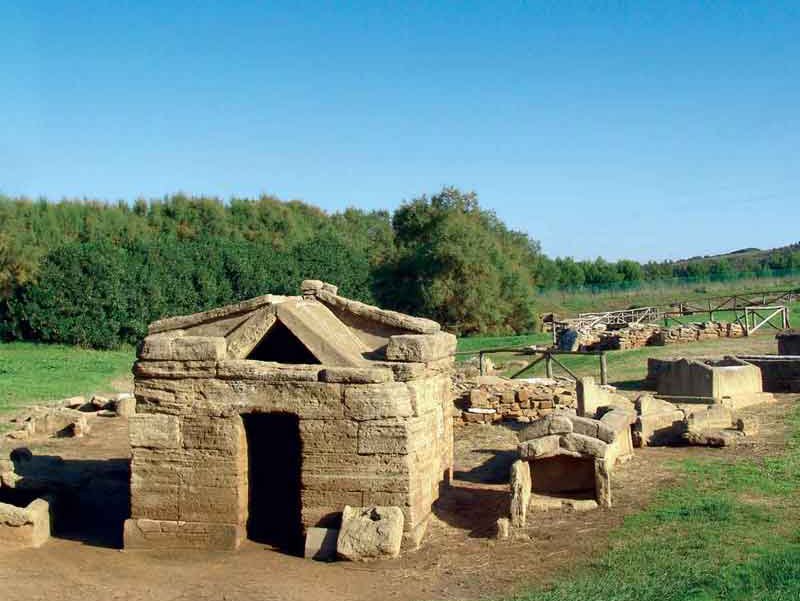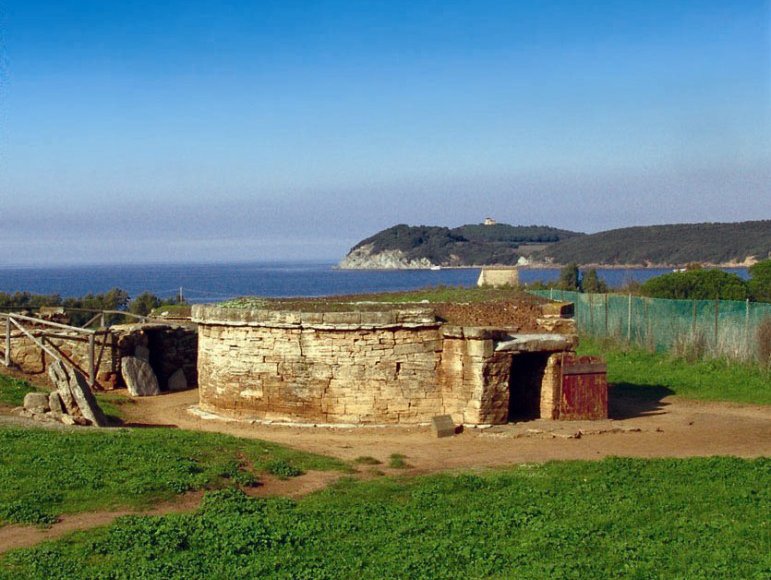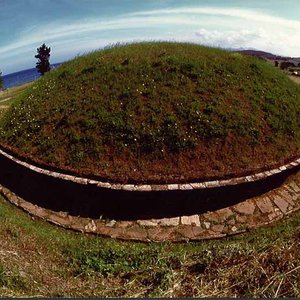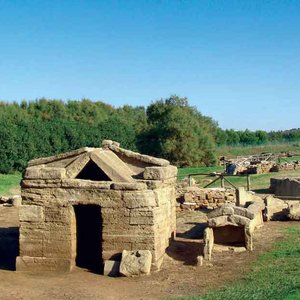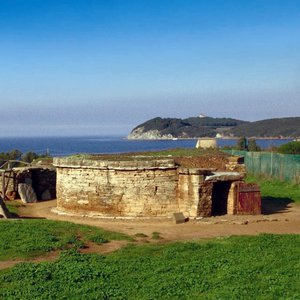
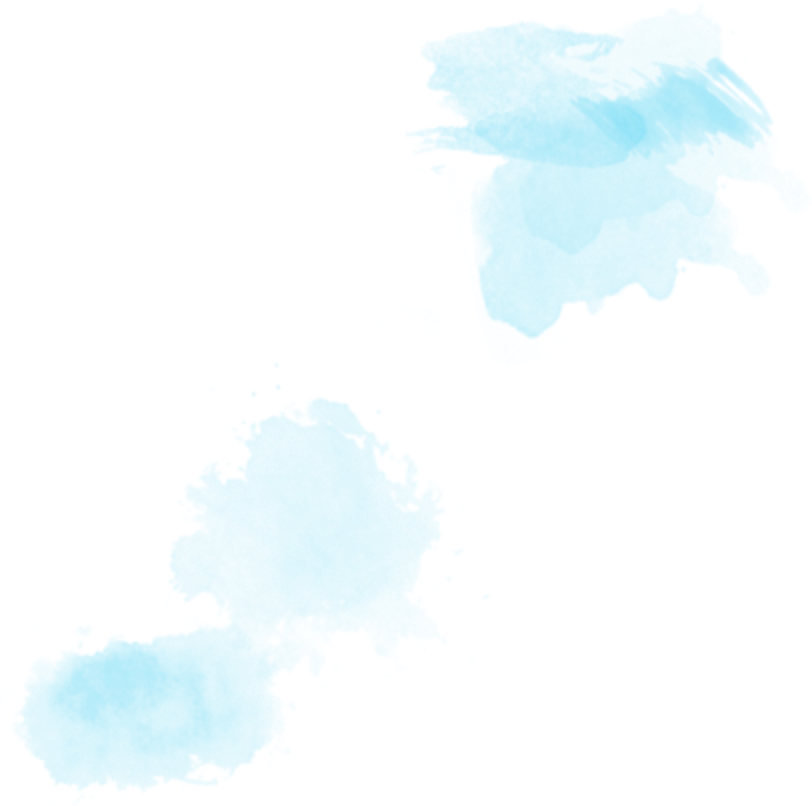

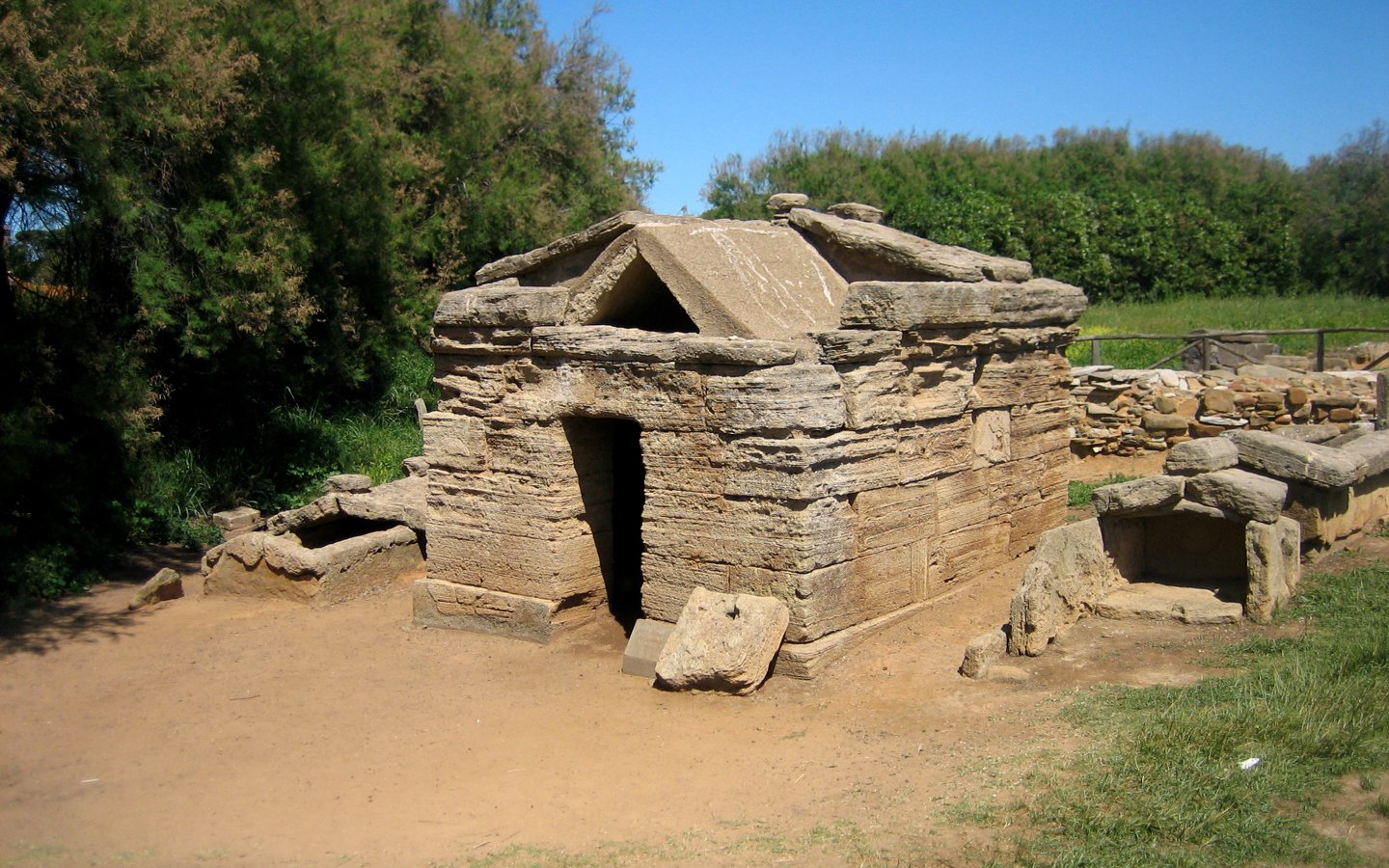
The Archaeological Park of Baratti and Populonia
The Promontory of Populonia was already inhabited by man at the dawn of its history. Cultures, languages, traditions and artistic forms have succeeded one another and intertwined, millennium after millennium, offering as a gift to our territory a fabulous and unique historical heritage.
The patient excavation work of archaeologists has unearthed archaic finds, thanks to which we can now relive what life must have been like centuries and centuries ago.
The pioneer of the archaeological excavations in the Archaeological Park of Baratti and Populonia was Isidoro Falchi. During a visit to Baratti in 1889, at that time submerged by ferrous debris left there since ancient times, he was lucky enough to discover a stone worked directly by the Etruscans. Later, in 1903, the archaeologist Angelo Pasqui, under the direction of Luigi Adriano Milani - Director of the Florentine Archaeological Museum, began a campaign of systematic excavations that brought the monumental necropolis of San Cerbone to the surface.
Today, the area is managed by the Società Parchi Val di Cornia, a company set up in 1993 by the municipalities of San Vincenzo, Sassetta, Suvereto, Piombino and Campiglia M.ma and some private partners.
There are two access points to the Archaeological Park. The first is located in the area of the old San Cerbone farm, and is the starting point for visiting the great San Cerbone necropolis and for accessing the historical-naturalistic routes called the Via del Ferro and the Via delle Cave. The second access point is located on the slopes of Poggio del Telegrafo not far from the Castle of Populonia, and from there the visit to the acropolis of the ancient city begins.
Trekking Routes
The trekking routes designed for lovers of nature walks and archaeology enthusiasts are:
1) the Via del Ferro (Iron Path), a path through an enchanting forest of oak and cork trees, which will allow you to observe the ancient industrial settlements of Populonia until you reach the tomb of Italo-Corinthian fragments;
2) the Via delle Cave, a walk that will take you beyond the Campo dell'Arpia prairie to the Etruscan limestone quarries where the bench stone used in the construction of Pupluna, ancient Populonia, came from;
3) the Via della Romanella, a path that retraces what was the original Etruscan-Roman road that connected the industrial area and necropolis of Baratti to the acropolis of Populonia.
4) the Via del Monastero (Monastery Road), recommended especially in spring and summer, since, in addition to offering the possibility of admiring the ruins of the monastery of San Quirico, it provides access, via other adjacent roads, to the admirable beaches close to the Populonia Promontory.
Museum of the Castle of Populonia
After observing these evocative landscapes, the curiosity to understand Etruscan customs and traditions even more closely will drive you to visit the museum at Populonia Castle. Here you can admire the Gasparri collection of jewellery, ceramics and other objects from the daily life of this extraordinary people.


